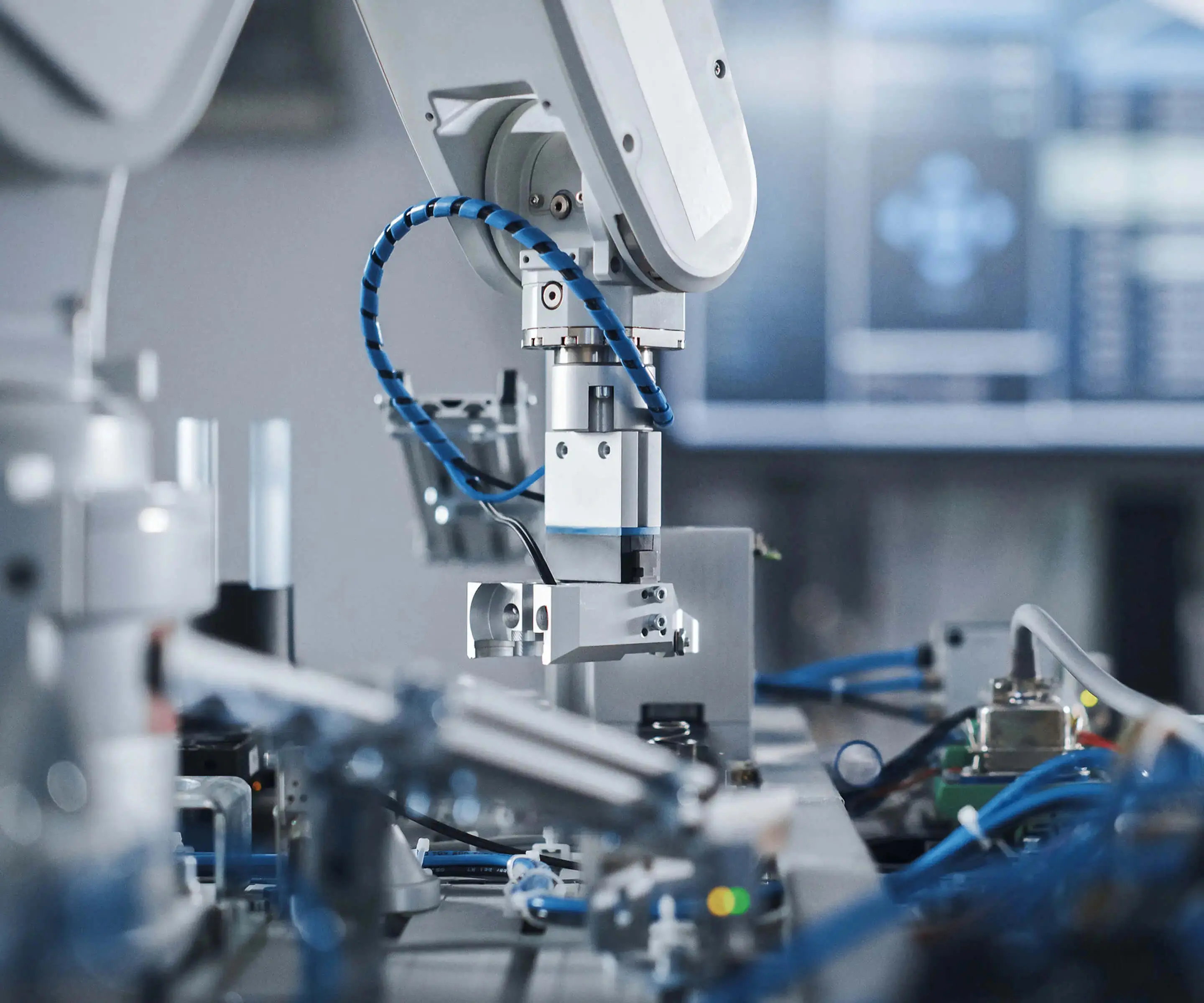Ever tried making a robot turn in perfect circles, or perhaps a little dance move with your project? That’s where a 360-degree servo motor comes into play. Imagine this: an Arduino board, a tiny but powerful brain, and a servo motor that spins fully around—sounds straightforward, right? But get ready, because the magic is in the code, and how you make that rotation smooth, controlled, and reliable.

Picture this: you want your robot arm to reach out and smoothly rotate from one side to another. It’s not just about flicking a switch; it’s about finesse, about that perfect curve. And that’s what a 360-degree servo motor offers. Unlike standard servos that only have limited turns, this type can spin a full circle—and sometimes even go beyond that, depending on the model. Pair it with Arduino, and suddenly your project isn’t just functional but surprisingly elegant.
The key? A simple yet robust Arduino code. It’s almost like programming a dance move—once you get the sequence right, it flows. Think about setting the angle over time, stopping at specific points, or even creating a continuous motion pattern. The waveform can be customized, the speed adjusted, making your project feel alive.
Now, let’s get into the nuts and bolts—how does the code actually do this? Well, it’s usually a matter of sending pulse widths through a pulse-width modulation (PWM) signal. For a full 360-degree rotation, many programmers set the servo to rotate via incremental steps. Ever wonder how to make it rotate smoothly instead of jerking forward? That’s where controlled delays and small angle increments come into play.
Here's a quick mental picture: You tell the servo to rotate from 0 to 180 degrees, then continue from 180 to 360. But wait, you want it to spin repeatedly, like a wind-up toy? No problem. Loop the commands efficiently, add some slight pauses, and the motor appears to dance. The real trick is mastering that balance—fast enough for activity, gentle enough to avoid jitter.
What about potential hiccups? Sometimes, the servo might hit resistance or jitter if the power supply isn’t stable. It’s always good to use a dedicated power source for your servo motors—don’t just rely on the Arduino’s USB power. When designing your code, consider feedback loops—a simple way to ensure the motor stays on track without over-rotating or missing positions. Precision control is not just about turning; it’s about making the movement deliberate and consistent.
If you’re sitting there wondering, “Can I control multiple servos simultaneously?” the answer is yes, with some multiplexing and timing precision. It could get tricky, but with well-written code, your project turns into a symphony of rotations and stops—like a tiny ballet troupe under your command.
You might ask: what other features can I add? How about automatic reversal, variable speeds, or even integrating sensors to make your project more responsive? The versatility of the Arduino platform combined with a good 360-degree servo makes all that possible.
At the end of the day, this combination unlocks a realm of creativity. Whether you’re building an art installation, a robotic arm, or a simple device that needs seamless rotation, the code you craft is the secret sauce. And with the right programming approach, this becomes not just a simple task but something that sparks your creativity, dares you to experiment more.
In a nutshell, controlling a 360-degree servo motor with Arduino isn’t just about writing code—it’s about transforming a mechanical part into a lively, locomoting component. It’s akin to teaching a tiny robot how to dance, spin, and respond to your commands with precision and flair. That’s where endless innovation begins.
Established in 2005, Kpower has been dedicated to a professional compact motion unit manufacturer, headquartered in Dongguan, Guangdong Province, China. Leveraging innovations in modular drive technology, Kpower integrates high-performance motors, precision reducers, and multi-protocol control systems to provide efficient and customized smart drive system solutions. Kpower has delivered professional drive system solutions to over 500 enterprise clients globally with products covering various fields such as Smart Home Systems, Automatic Electronics, Robotics, Precision Agriculture, Drones, and Industrial Automation.




































